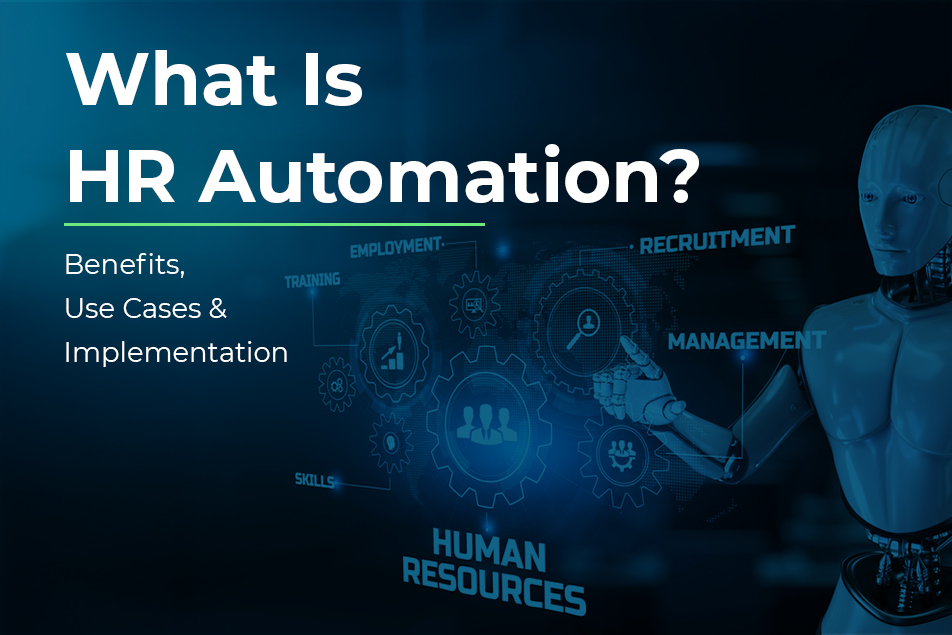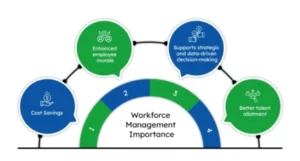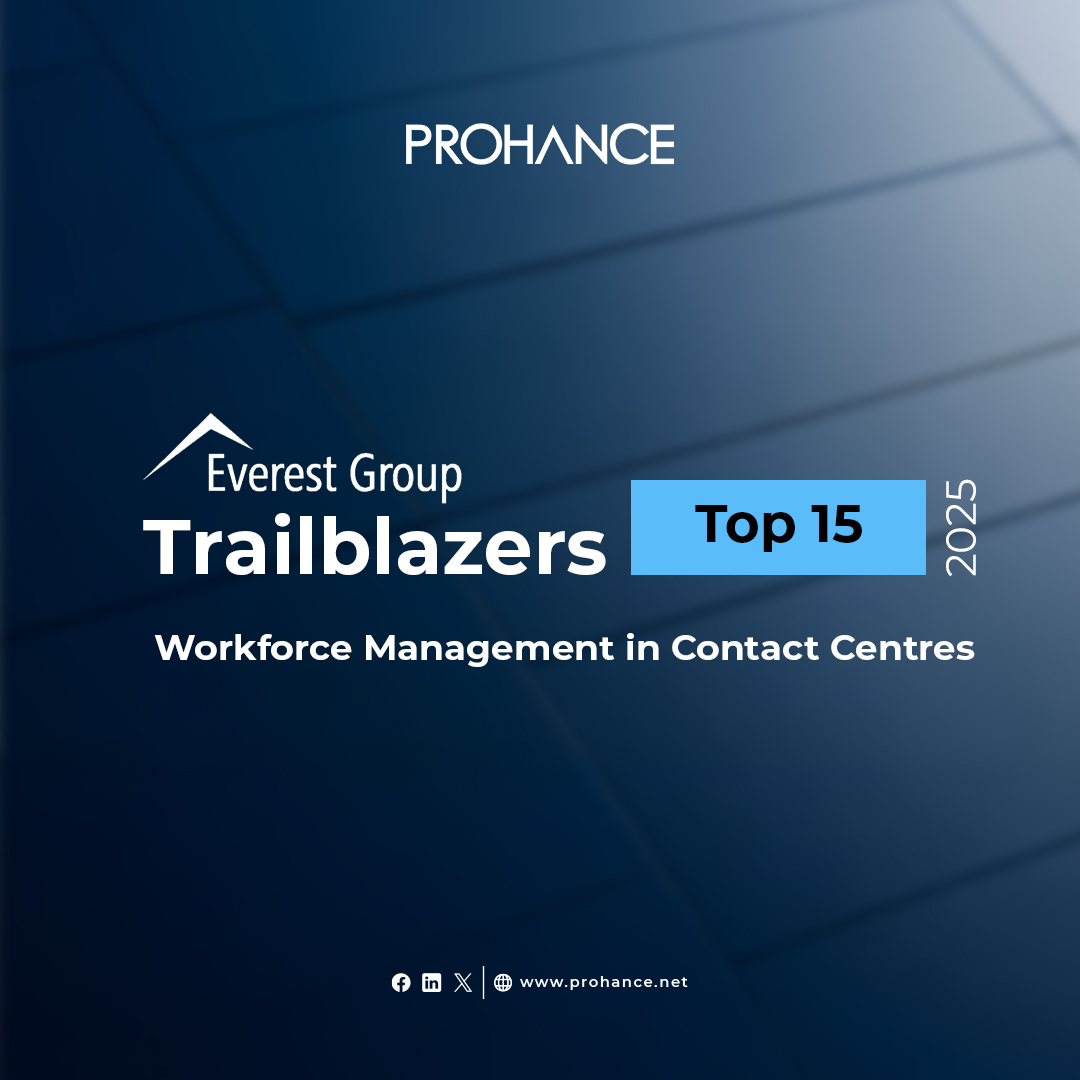Understanding HR Automation – Its Benefits, Use Cases and Implementation
Table of Contents
Human Resources is a critical function for any organization, with HR personnel conducting core functions, like recruiting, onboarding, timekeeping, payroll, leave tracking, and offboarding. However, many of these are administrative tasks that take up a lot of time and effort, and create a colossal paper trail.
Fortunately, recent technological advancements and automation of HR processes have taken over some core, repetitive tasks, giving HR departments the power to work more efficiently and effectively.
Let’s read on to know more about how you, too, can make your HR department future-ready.
What is HR Automation?
HR automation relies upon software to digitize and automate repetitive and time-consuming administrative tasks. An efficient HR automation solution helps streamline processes, improve efficiency, reduce human error, and allow HR teams to focus on more strategic, value-adding tasks.
With technological advancements making their way into every aspect of business, it wasn’t long before organizations began automating human resources. A global IBM study states that 40% of the workforce will need to reskill with the increasing use of AI and automation in business operations.
HR is leading the way in these workplace changes. Talent scarcity, managing employee expectations, ensuring adequate resource allocation, and rising costs are challenges that HR teams face today, and AI tools and other technological advancements can usher in digital change faster.
What are the Benefits of HR Automation?
HR automation is no longer a business luxury or an option for organizations. It is an essential part of the business process, and here are its few benefits.
- Improved Efficiency
- Actionable Insights
- Better Decision-Making
- Reduced Errors
- Improved Communication and Collaboration
- Continuous Performance Management and Assessment
- Reduced Paperwork and Better Record-Keeping
- Positive Experience for Job Candidates and Employees
Improved Efficiency
HR is an administrative function, largely dependent on document-driven processes. This manual process can be repetitive, error-prone, time-consuming, and extremely inefficient. Automating most HR activities can speed up things and increase productivity and efficiency. HR teams can then focus on employee-centric tasks that encourage bonding, communication, and effective people practices.
Actionable Insights
An automation system generates all kinds of data, giving managers a clear understanding of the entire recruitment, onboarding, and training process in the organization simply by tracking, collecting, and analyzing relevant information. It can help identify the right channels for recruiting high performers or recognize onboarding bottlenecks. This information can improve the recruitment process and speed up onboarding.
Better Decision-Making
The data generated can lead to better insights that ensure all decisions are aligned with the larger corporate strategy. HR professionals can identify trends, make real-time, data-driven decisions, and come up with more effective HR strategies. This can be used not just during the hiring process, but also to enhance employee experiences and deliver greater business value.
Reduced Errors
Manual processes are prone to human errors, and mistakes in payroll, timesheets, and leave calculations not only create extra work but can also lead to unhappy employees. HR automation software delivers faster, error-free results consistently. This helps save time and money spent in correcting the mistakes, while also supporting transparency and fair treatment.
Improved Communication and Collaboration
Automated workflows delegate responsibilities, and task ownership is made visible. This makes it easier to understand where a task might be stuck and who to follow up with. This reduces time spent in back-and-forth communication, ensures seamless coordination between teams, brings in accountability, and prevents duplicate effort.
Continuous Performance Management and Assessment
Thanks to HR automation, many organizations are now shifting from the traditional annual performance review to continuous performance management. Automation makes it possible to provide real-time feedback, offer goal-tracking support, and conduct performance conversations regularly. This way, HR teams can conduct ongoing performance improvement and talent development.
Reduced Paperwork and Better Record-Keeping
Automating and digitizing processes eliminates the need for a paper-based system. Traditionally, an organization would need to print, file, and store documents physically. Documents could get lost, damaged, or simply difficult to locate. Automation lowers administrative costs and makes it easier to store and retrieve records.
Positive Experience for Job Candidates and Employees
Admin work can take a toll on HR staff, leaving them exhausted and with less time to engage with candidates. The result is a less-than-average hiring experience, even for those who get selected. With automation, HR is free to connect with applicants throughout the process, making the joining experience pleasant and welcoming.
Existing employees also benefit from automation. Automation makes it easier to send in leave requests, submit expense reports, etc. Employees can also stay on top of their benefit status without relying on HR to check and respond.
Examples of Automated HR Processes
The good thing about HR automation is that a business can pick and choose what aspects of its HR process need automation. We’ve listed a few examples where an organization turned to HR automation for the benefit of the company and its people.
Talent Recruitment
Recruitment is an ongoing activity that involves several tasks, such as posting the job, tracking responses, screening resumes, pre-employment assessments, sorting and prioritizing candidates, scheduling interviews, and managing email communication. By automating these tasks, HR is freed from the administrative burden, giving them the space and the time to focus on candidate engagement and decision-making.
Employee Onboarding
This process requires several administrative tasks, such as collecting documents, verifying information, signing forms, setting up email, submitting device requests, and providing equipment access etc. HR automation software can help set up an easy-to-follow onboarding process checklist that provides approvals and access based on predefined criteria.
Employee Offboarding
The offboarding process is just as important as onboarding. However, it is often overlooked or not done properly. Manual offboarding takes up time, and forms can get lost or misplaced. With automation, it is possible to ensure the security of documents and also streamline the employee’s departure. This protects the company and also leaves a good impression on the departing employee.
Paid Leave Management
Manually calculating and approving vacation days can be challenging. The HR team needs to check the leave balance, get approvals, and make a note in the payroll system. There is a chance for human error. Leave management software helps by allowing employees to submit and seek approval through self-service portals. The tool also helps track leave balance and can update the payroll system.
Expense Claims
Submitting expense reports is a mundane task that no one likes. Traditionally, organizations required employees to fill in detailed forms, submit receipts, and wait for approvals. Forms could have errors, they could get lost, or simply pile up on the manager’s desk. Thanks to automation, this process is now digitized. Employees can simply upload a photograph of their receipt, and the expense management software does the rest. A manager is notified, who then approves or rejects it, and the submission goes for further processing.
Company Payroll
Making payments at the end of the month is a tedious process. Someone has to manually calculate the time or days worked, taking into account sick leave or vacation days. The result could be underpaid or overpaid employees. HR automation can streamline the process by tracking and calculating the exact payment accurately.
Tax Filing
Tax filing is a complex process, and depending on the location and size of the organization, there could be different laws. Further, tax laws are constantly getting updated, and it is challenging for anyone to keep up with them. HR tax software takes into account all relevant regulations and calculates and files tax to ensure all employees and contractors are making the correct submissions.
Timekeeping Management
Manually tracking work hours is an inefficient and inaccurate process, often prone to errors.
Timekeeping software helps keep a real-time digital record of employee profiles, attendance records, etc. This system can also be connected with payroll, client billing, or project management systems.
How to Effectively Implement HR Automation
HR automation isn’t a plug-and-play solution. Organizations need to plan and deliberate to find the solution that best fits their needs. Consider these steps to understand how to successfully adopt HR automation for long-term value:
6 Steps to effectively implement HR Automation:
- Study Your Current HR Processes
- Choose the Right Automation Tools
- Make Time for Testing
- Safeguard Data
- Deliver Comprehensive Training
- Maintain the Human Touch
Study Your Current HR Processes: Assess your existing HR workflows for onboarding, payroll, benefits enrollment, time-off, etc. Identify areas where automation can make a difference.
Choose the Right HR Automation Tools: Look for HR automation solutions that meet your requirements and also match your budget and technical capabilities. Opt for tools that are scalable, easy to integrate with other systems, user-friendly, and offer vendor support.
Make Time for Testing: Test the system thoroughly and roll it out in stages to address potential roadblocks. Monitor each stage and keep key stakeholders involved at each deployment.
Safeguard Data: HR systems usually involve sensitive employee and company information. Take adequate cybersecurity measures to safeguard this data.
Deliver Comprehensive Training: Educate, train, and provide support to HR staff on the tools and their duties to encourage quick adoption of the new system.
Maintain the Human Touch: Keep personalized interactions integral to the system to ensure team members can contact an HR representative directly.
Over to You
HR automation has the power to transform how an organization operates, while also freeing up your HR professionals and other employees from repetitive, mundane tasks.
By leveraging automation, AI, ML, and other new-age technology, you too can streamline the HR process to reduce errors, enhance efficiency, ensure consistency, and improve the overall employee experience. Further, this tool allows your HR professionals to focus on the human aspect of HR, such as building company culture, leveraging employee talent, and partnering in growth decisions.






